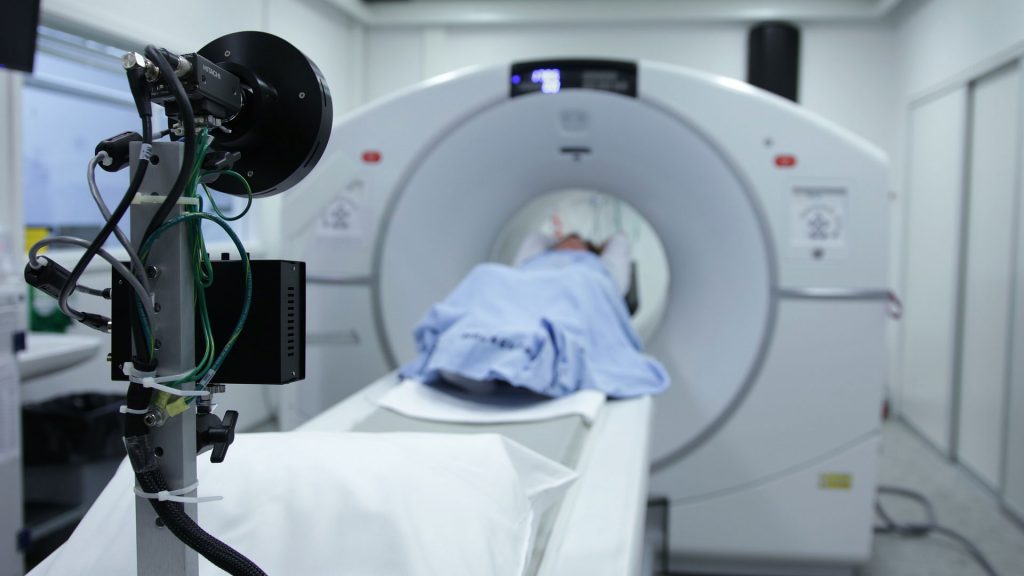The improvement of medical services through teleradiology has overcome the difficulties like geographical location. These days, the usability of the internet and these services such as RIS PACS has enabled the users to use them from anywhere and anytime.
In the same way, patients are also able to get their care irrespective of their location. In the early 1930s, the journey of these services started with telemedicine. Also, history has started at the place that you never thought about RIS system. So, let’s know some amazing facts about these services below:
The history Begins On An Ocean Liner
The name of the ocean liner is “The Queen Mary” where they used marine radiotelephone due to medical consultation. There was a physician on board and he sent information to outside of the ship. He acted in the way of a consultant for emergency patients staying on other ships.
This way, the air travelers were receiving care in the same way. This is the beginning of these services and it has improved and enlarged widely.
Air Travelers Received Care In The Next
The ‘closed circuit’ technique has been experimented and researched in the 60s and 70s in the perfect way. This time, they sent X-ray captured medical images that were related to different sections of the medicine.
There was a doctor of the Massachusetts General Hospital of Boston and his name was Dr. Kenneth T. Bird. He had used an interactive TV system and he was able to connect with Logan Airport from his hospital. Thus he was able to provide the service of medicine of the air travelers.
Circuit TV Experiment Was Very Expensive
The same case occurred in Washington DC at Walter Reed General Hospital. That time they had established a link with the emergency room and radiology department using this way. But, the process of transmission was tedious in those days.
Also, they were just able to share a single image of low quality and contrast at a time. that means the system was to exhibit than a practical method for the hospital. But, the system was rejected by most hospitals and healthcare centers due to its higher cost and poor quality.
It Used Just Mail by Early 1980s
In the early 1980s, the service was in the type of physical films’ copy had sent to their destination. They used to record their reports on a cassette tape and used to send it to the facility to convert them into paper reports.
The process had needed to complete in a few days or weeks. This was helpful to study reports routinely but was useless for the emergencies.
First Attempt To Send Digital Images Failed
In 1983, the attempt of sending digital images failed after creating the digital storage’s open standard. As the measurement has issues and limitations as well, so the process failed.
But, it was successful in 1988 with its second version. Also, the third version was released in 1993 as the most updated and reliable method. It was the method that we know as DICOM these days.



